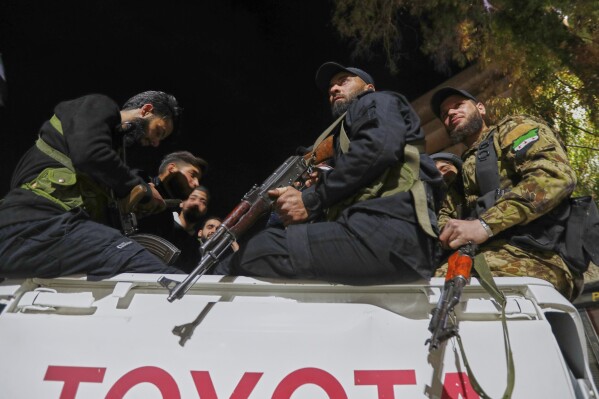Israel carried out its most extensive air strikes in Syria this year between Friday night and Saturday morning. The attacks followed a strike near the presidential palace in Damascus, which Syrian officials described as a “dangerous escalation”.
The Israeli military said the initial strike was a warning to Syria’s leadership. It came in response to recent sectarian violence involving the Druze minority.
Heavy strikes across Syria
The Syrian Observatory for Human Rights reported more than 20 Israeli strikes on military targets across Syria. These included sites in Damascus, Latakia, Hama, and Deraa. Syrian state media said a drone strike in Sweida killed four Druze fighters and blamed Israel.
Tensions increased after Druze clerics and armed groups reaffirmed their support for Damascus. They asked the new authorities to appoint local officials in Sweida, the centre of the Druze community. This followed deadly clashes between Druze factions and government-linked forces. Over 100 people died in Jaramana, Sahnaya, and Sweida, according to the Observatory.
An explosion near the presidential palace in Damascus shook the city early Saturday. An Israeli military spokesperson confirmed that warplanes targeted an area near interim president Ahmed Hussein al-Sharaa’s residence.
Prime Minister Benjamin Netanyahu and Defence Minister Israel Katz said the strike sent a clear message. They warned Syria against deploying forces near the south or threatening the Druze community.
Syria’s presidency condemned the attack and accused Israel of trying to destabilise the country.
Global reactions and local agreements
UN Secretary-General António Guterres criticised the Israeli strike as a violation of Syrian sovereignty. The UN Commission of Inquiry on Syria warned that such attacks increase risks for civilians. Qatar and Saudi Arabia also condemned Israel’s actions. Germany urged all sides to avoid turning Syria into a battlefield for regional disputes.
After the recent violence, Druze representatives and the government reached an agreement to reduce tensions. Troops entered Sahnaya and increased security in Jaramana. Officials said the deal included the surrender of heavy weapons. However, observers did not witness any weapon handovers.
Since the fall of Bashar al-Assad in December, Israel has targeted several military sites in Syria. It has also moved troops into former buffer zones along the Golan Heights. Israeli officials have threatened more strikes if violence against the Druze continues.
The unrest reportedly started after an audio recording, attributed to a Druze individual, was shared online. The recording was considered blasphemous by some. Its authenticity remains unconfirmed.
Syria’s new leadership blamed “outlaw groups” for the violence. But Druze sources and the Syrian Observatory said forces linked to the new authorities attacked Jaramana and Sahnaya, triggering clashes with Druze fighters.
Calls for unity amid sectarian pressure
In Sweida, Druze religious leaders and fighters reaffirmed their loyalty to a united Syria. They rejected any form of separation or division. Syrian state media later said security forces were being sent to maintain order in the province.
Druze spiritual leader Sheikh Hikmat al-Hijri condemned what he described as a “genocidal campaign” against his people.
The current Syrian authorities have links to the Al-Qaeda network. They have promised inclusive rule but face pressure from radical groups within their ranks.
On Friday, interim president Sharaa met with Lebanese Druze leader Walid Jumblatt. Jumblatt urged Syria’s Druze community to reject any Israeli involvement.
This latest violence follows the March killings of more than 1,700 Alawite civilians, according to the Syrian Observatory. The government blamed loyalists of the former president and launched an investigation.
